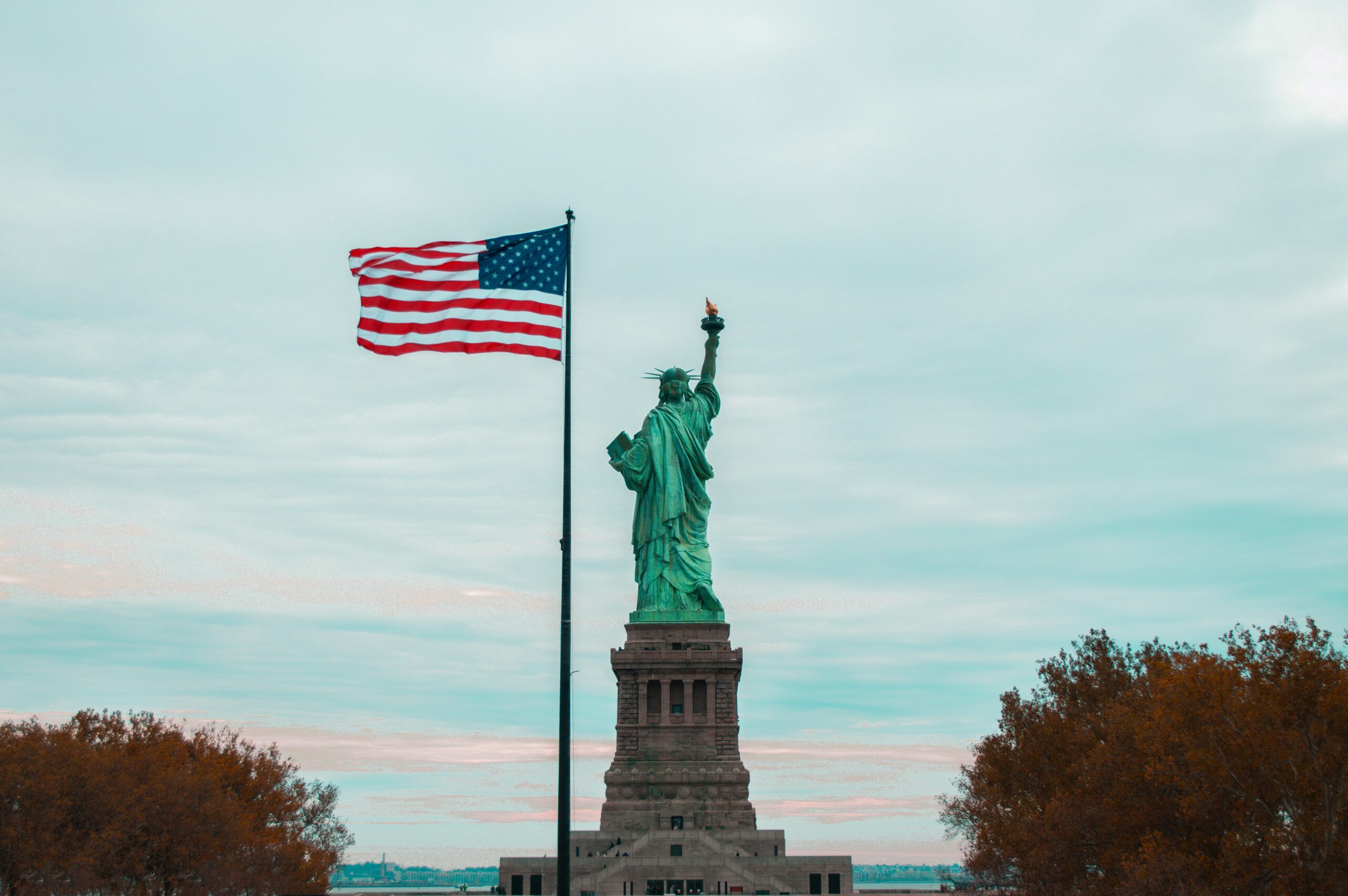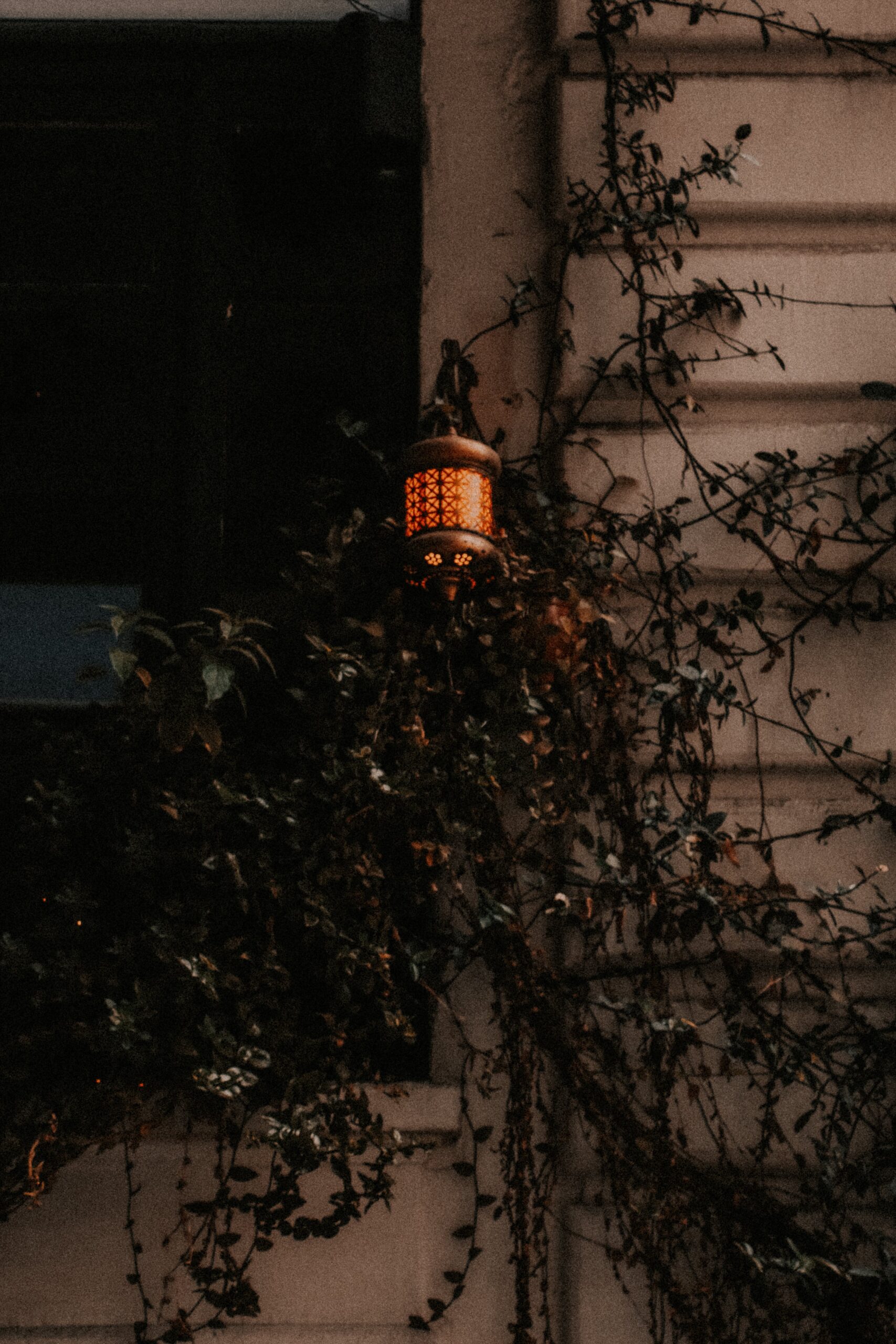The Ultimate Guide to Lighting a Flagpole
Have you ever passed by a beautifully lit flagpole at night and marveled at the vibrant display? A well-illuminated flag not only showcases your pride and patriotism but also enhances the overall aesthetics of your property. If you want to light up your flagpole, you’ve come to the right place. In this blog post, we will guide you through selecting, installing, and maintaining the right flagpole lighting system for a bright and impressive display, teaching you how to light a flagpole effectively.
From understanding the flag lighting rules to exploring various types of flagpole lights and installation tips, we have got you covered. Whether you’re lighting the flagpole at your home or a commercial property, our comprehensive guide on how to light a flagpole will help you make an informed decision and ensure a stunning flag display.

The Ultimate Guide to Lighting a Flagpole
Short Summary
- Adhere to the US Flag Code and select a suitable flagpole height for optimal lighting.
- Choose an eco-friendly, cost-effective light source such as solar or LED lights that meets requirements and enhance visibility.
- Enhance your display with weatherproof accessories, decorative lighting options, and regular maintenance & troubleshooting of any issues.
Understanding Flagpole Lighting Requirements
A properly illuminated flagpole is not just about aesthetics; it’s also about adhering to the US Flag Code, which outlines the regulations and guidelines for displaying the American flag. According to the Flag Code, the flag should be displayed from sunrise to sunset but may remain illuminated during the hours of darkness if properly illuminated.
To keep your flag up 24/7, you must ensure it’s well-lit during the night. This section will delve deeper into the flag lighting rules and help you choose the right flagpole height for optimal illumination.
By understanding these requirements, you’ll be able to create a flag display that looks great and respects the universal customs surrounding the American flag.

Understanding Flagpole Lighting Requirements
Flag Lighting Rules
The American Flag Code stipulates that if the flag is displayed continuously, it must be suitably illuminated during the hours of darkness. But what does “properly illuminated” mean? The light must be placed to illuminate the flag, and the flag must also have a good light source to be recognizable. To achieve this, it is recommended to use directional lighting, such as spotlights or in-grade lights that focus on the flag.
The number of light fixtures required to illuminate a flagpole can vary depending on the size and height of the pole. Generally, at least two (preferably three) fixtures are necessary, with each fixture installed in the ground and not on the flagpole itself. The light fixtures should be positioned 3 feet away from the flagpole. If there is only one light used, no adjustment is necessary. However, utilizing two lights must be 180 degrees apart and 120 degrees apart when using three lights.
Choosing the Right Flagpole Height
The height of the flagpole plays a significant role in determining the type of lighting that can be used and the number of lights needed for proper illumination. For example, a taller flagpole may require more lights to light the flag sufficiently.
The suggested flagpole height for a 6-foot pole mounted to a house or building is a 3×5′ flag, while a 20-foot pole should also use a 3×5′ flag for optimal lighting. By selecting the right flagpole height, you can ensure your flag is well-lit and easily visible at night.

Choosing the Right Flagpole Height
Selecting the Ideal Flagpole Light
Now that you understand the importance of properly illuminating your flag according to the Flag Code, it’s time to explore the various types of flagpole lights available in the market. From solar-powered lights to LED lights and in-ground vs. above-ground fixtures, each type of light has its own features and benefits that cater to different needs and preferences.
This section will guide you through selecting the ideal flagpole light for your specific requirements. By understanding the pros and cons of each type, you’ll be able to make an informed decision and choose a lighting system that not only meets the Flag Code guidelines but also enhances the overall appearance of your flag display.
Solar-Powered Lights
Solar flagpole lights are an increasingly popular choice among homeowners and businesses alike, thanks to their eco-friendly nature and ease of use. By harnessing the sun’s power, these lights eliminate the need for electrical wiring, making them a convenient and cost-effective option for flagpole lighting.
When choosing solar flagpole lights, it’s crucial to ensure they are constructed from sturdy, weatherproof materials. The Titan Solar Light is an example of a solar flagpole light with a strong and durable aluminum top that fits most standard flag poles. By opting for solar-powered lights, you can reduce your carbon footprint and enjoy a hassle-free lighting solution that keeps your flag illuminated from dusk to dawn.
LED Lights
LED flagpole lights are another popular choice for their brightness, energy efficiency, and cost-effectiveness. LED lights consume half the energy that most standard floodlights do, making them an energy-saving option for illuminating your flagpole.
When selecting an LED flagpole light, consider factors such as luminosity, flagpole height, coverage of the beam, and output requirement. The LED spot beam spread for a 25-foot flagpole should be 20 degrees, and the lumens should be approximately 1600.
Choosing LED lights ensures your flag is well-lit and easily visible, even in areas with less ambient light.
In-Ground vs. Above-Ground Fixtures
Regarding flagpole lighting, you may also need to choose between in-ground and above-ground fixtures. In-ground fixtures are situated beneath the ground level, while above-ground fixtures are above the ground level. Both fixtures are designed to optimize the upward light for a consistent light source, allowing the flag to be visible at night.
In-ground fixtures offer the advantage of being less visible, providing greater discretion and security against weather or vandalism. However, they require more time and effort for installation and are generally more expensive than above-ground fixtures.
On the other hand, above-ground fixtures are simpler to install and more affordable but more visible and vulnerable to damage from weather or vandalism. By weighing the pros and cons of each type, you can decide which option suits your needs best.
Installation Tips for Optimal Flagpole Illumination
Installing your flagpole lights correctly is crucial for achieving optimal visibility and effect. Proper positioning ensures your flag is well-lit and easily recognizable, even from a distance.
This section will offer guidance on installing your flagpole lights for maximum visibility, including tips on light placement and angles, the number of lights needed, and wiring and power considerations. By following these installation tips, you’ll be able to create a flag display that adheres to the Flag Code guidelines and looks impressive and eye-catching.
Whether you are a first-time flagpole owner or a seasoned pro, these tips will help you enhance your flag display and ensure it remains well-lit and visible.

Installation Tips for Optimal Flagpole Illumination
Light Placement and Angles
The ideal placement and angles of lights are crucial for ensuring full illumination of the flag and pole. For instance, it is recommended that the light fixtures be placed three feet from the flagpole, with the suggested aiming point for each flag light being the center of the flag at the highest point of the flagpole.
To determine the appropriate number of lights to use, consider the size and height of your flagpole. Generally, at least two (preferably three) fixtures are necessary to illuminate a flagpole effectively. If using two fixtures, the lights should be spaced 180 degrees apart, and the lights should be spaced 120 degrees apart for three fixtures.
By carefully considering the placement and angles of your lights, you can ensure that your flag and flagpole are well-lit and easily visible at night.
Number of Lights Needed
The number of lights needed for proper flagpole illumination depends on factors such as the size and height of the flagpole. As the flagpole increases in size and height, more lights may be required to illuminate the flag sufficiently. It is advised to place three lights around a single pole to achieve the best results. The distance between the pole and each light should be approximately one-third to one-half the flag’s length.
When using two lights, space them approximately 180 degrees apart or 120 degrees apart if using three lights. By considering these factors, you can determine the optimal number of lights needed for your specific flagpole height and size, ensuring that your flag is well-lit and visible throughout the night.
Wiring and Power Considerations
When installing flagpole lights, it’s important to consider the wiring and power requirements of the fixtures. Proper wiring is essential for ensuring the safety and longevity of your lighting system. Make sure to bury the cable at a depth approximately 4 inches below the ground and connect the conduit to the area where the light will be installed.
Also, adjust the light to the desired angle for optimal illumination. By paying attention to these wiring and power considerations, you can ensure your flagpole lighting system’s smooth operation and longevity.
Maintaining Your Flagpole Lighting System
To ensure long-lasting performance, it’s essential to maintain and troubleshoot your flagpole lighting system regularly. This includes examining the lights for any signs of damage, cleaning the fixtures, and replacing bulbs as needed. By following a regular maintenance routine, you can keep your flagpole lighting system in top condition and avoid potential issues down the line.
In this section, we will provide you with tips on maintaining and troubleshooting your flagpole lighting system. By following these guidelines, you can ensure the longevity of your lighting system and keep your flag display looking impressive and well-lit at all times.
Regular Maintenance and Cleaning
Regular maintenance and cleaning of your flagpole lights are essential to ensure optimal functioning and prevent any potential damage to the lights. This includes cleaning the pole with mild soap and warm water, examining the wiring, and assessing the halyards and fittings every three months.
In addition to cleaning the pole, it’s important to inspect the wiring for any signs of wear and tear and secure any loose connections. Halyards and fittings should also be inspected every quarter to detect any potential issues and ensure the smooth operation of your flagpole lighting system.
Troubleshooting Common Issues
If you encounter any issues with your flagpole lighting system, it’s important to troubleshoot common problems and find a solution. For example, if your solar panel or batteries are not working correctly, verify their operation and ensure they function properly. If the bulbs require replacement, make sure to replace them as needed.
Additionally, if your flagpole light fixtures need adjusting, direct the fixtures three feet away from the flagpole and toward the ball at its summit. By addressing common issues promptly, you can maintain the optimal performance of your flagpole lighting system and ensure that your flag display remains well-lit and impressive.
Enhancing Your Flag Display with Additional Features
Apart from the basic flagpole lighting system, several additional features and accessories can further enhance the overall appearance of your flag display. From decorative lighting options to weather-resistant accessories, these add-ons can improve your flagpole’s aesthetics and provide added protection and functionality.
This section will explore some popular additional features that can help you create a truly impressive and unique flag display. Whether you’re looking to add a touch of creativity to your flagpole or safeguard it against harsh weather conditions, these accessories can make a significant difference to your flag display.
Decorative Lighting Options
Creative lighting options can add a touch of flair to your flag display, especially during special occasions or events. Popular decorative options for flagpole lighting include LED ball top lights, solar spotlights, and floodlights.
LED ball top lights, for example, are designed to fit on the top of a flagpole and offer a bright, even light that is visible from a considerable distance. Solar spotlights, on the other hand, are energy efficient and require minimal maintenance, making them an excellent choice for flagpole lighting.
Floodlights can also be used to create a striking effect by providing illumination to a large area, such as a flagpole. By experimenting with these decorative lighting options, you can create a unique and captivating flag display that stands out.
Weather-Resistant Accessories
To protect your flagpole lighting system from harsh weather conditions, investing in weather-resistant accessories is important. These can include LED lights that are weatherproof and constructed from cast aluminum, as well as flagpole toppers designed to be weather-resistant.
By choosing accessories specifically designed to withstand the elements, you can ensure the longevity of your flagpole lighting system and maintain its optimal appearance, regardless of the weather conditions.
Summary
In conclusion, creating a bright and impressive flag display involves the following:
- Understanding flagpole lighting requirements.
- Selecting the ideal light.
- Installing the lights correctly.
- Maintaining the system regularly.
By following the tips and tricks in this blog post, you can ensure that your flagpole is well-lit and easily visible while adhering to the US Flag Code guidelines.
Our comprehensive guide has provided valuable insights and practical advice on flagpole lighting. Whether you’re a first-time flagpole owner or an experienced enthusiast, may your flag display shine bright and showcase your pride and patriotism for years.
Frequently Asked Questions
How do you properly illuminate a flag at night?
For proper illumination of the American flag at night, you must utilize some lighting source. This could be wall-mounted lights, a spotlight from the ground, or top-mounted lights from the top of the flagpole. Whatever you choose to use, remember that it needs to be lit up under darkness for the respectful display of the flag.
It is important to remember that the flag should be illuminated respectfully. This means that the lights should be placed in a way that does not cause any glare or reflection on the light.
Are you supposed to have a light on a flagpole?
According to the Flag Code of the United States, a light should be placed on the flagpole to display the American flag at night properly. This is an important part of displaying the flag with proper respect and honor.
What is the best way to light a flag?
The best way to light a flag is to install three fixtures around the flagpole, three feet from the pole, and aimed at the ball at the top. This will ensure optimal illumination and prevent the pole’s shadow from obscuring the flag.
How many lumens do I need for a flagpole?
For a flagpole, a minimum of 300 lumens is recommended. It would help if you chose the narrowest beam possible to ensure the flag is well-lit.
However, the beam should be wide enough to accommodate any sudden changes in direction due to wind shifts.


